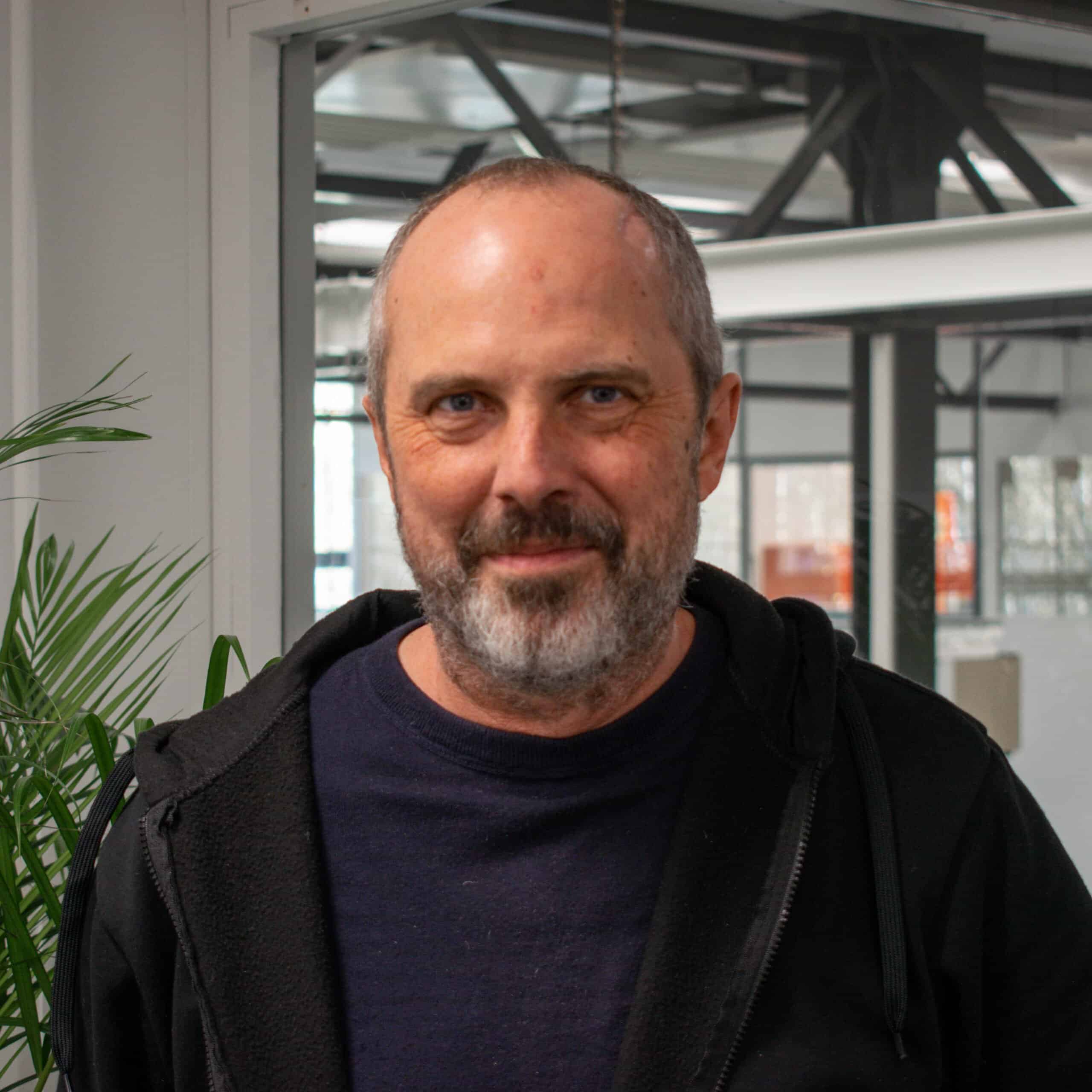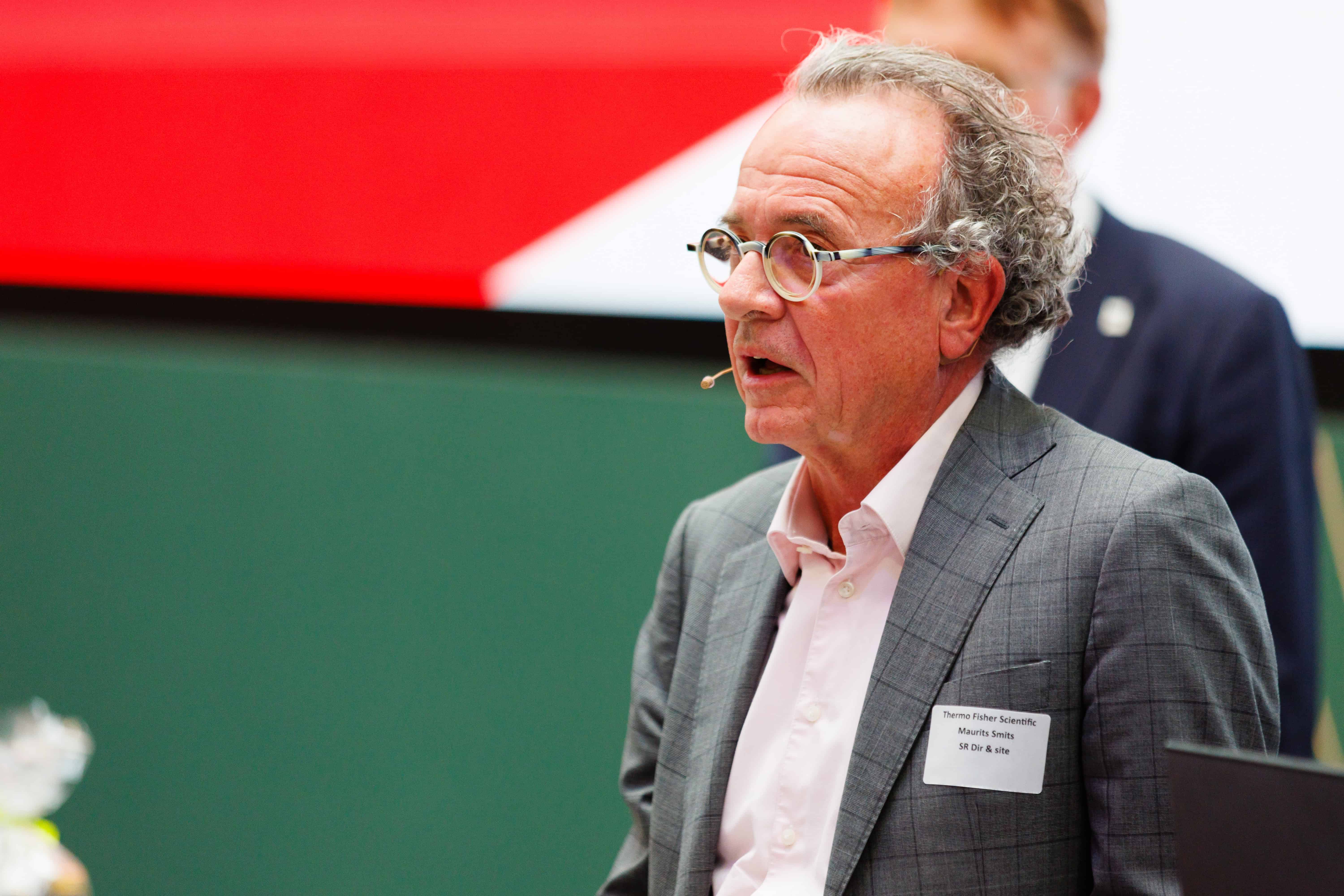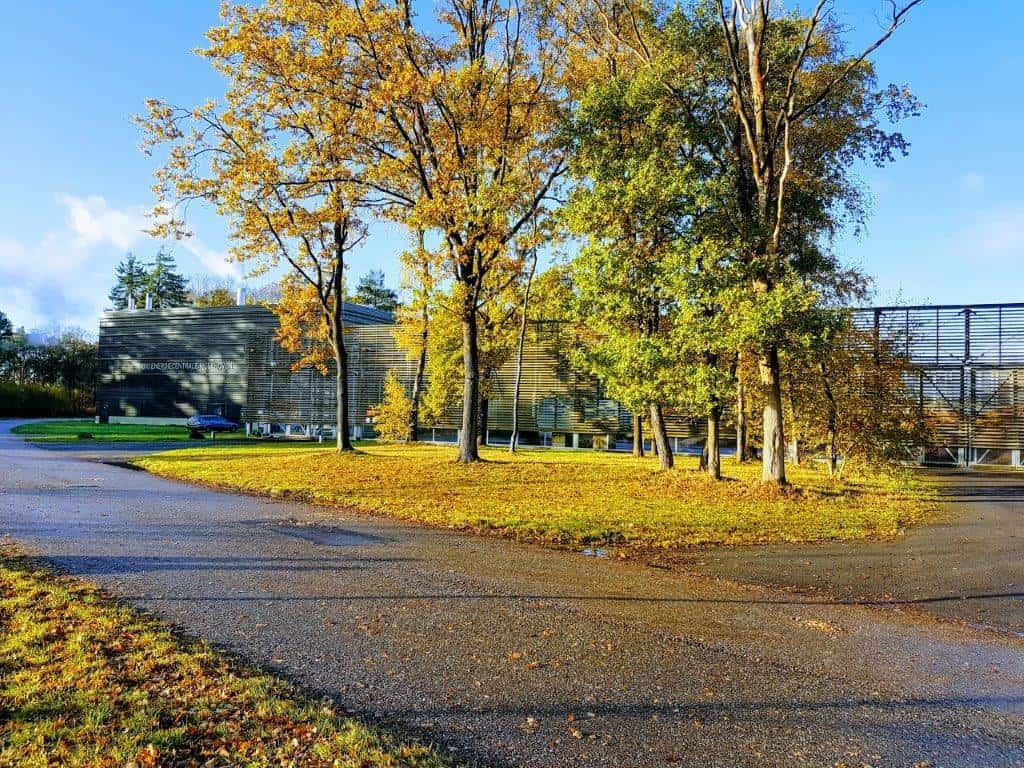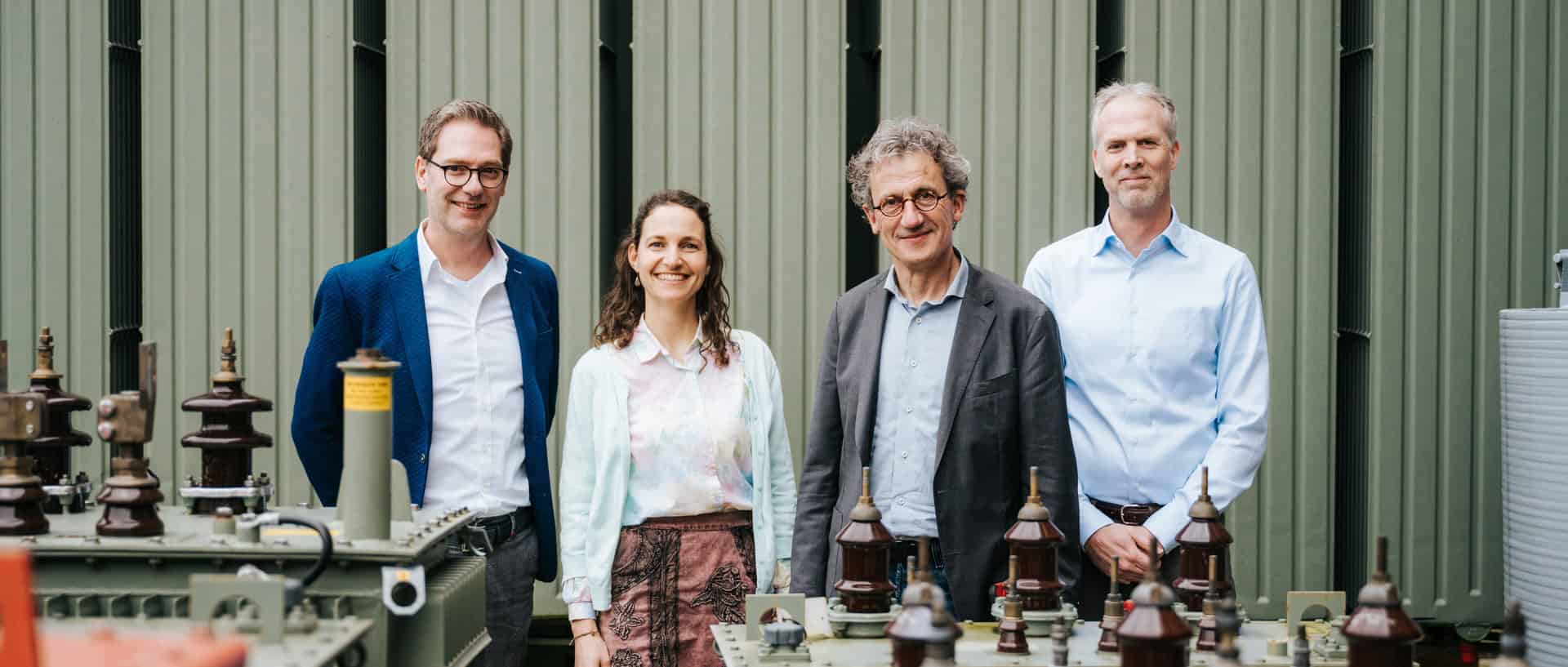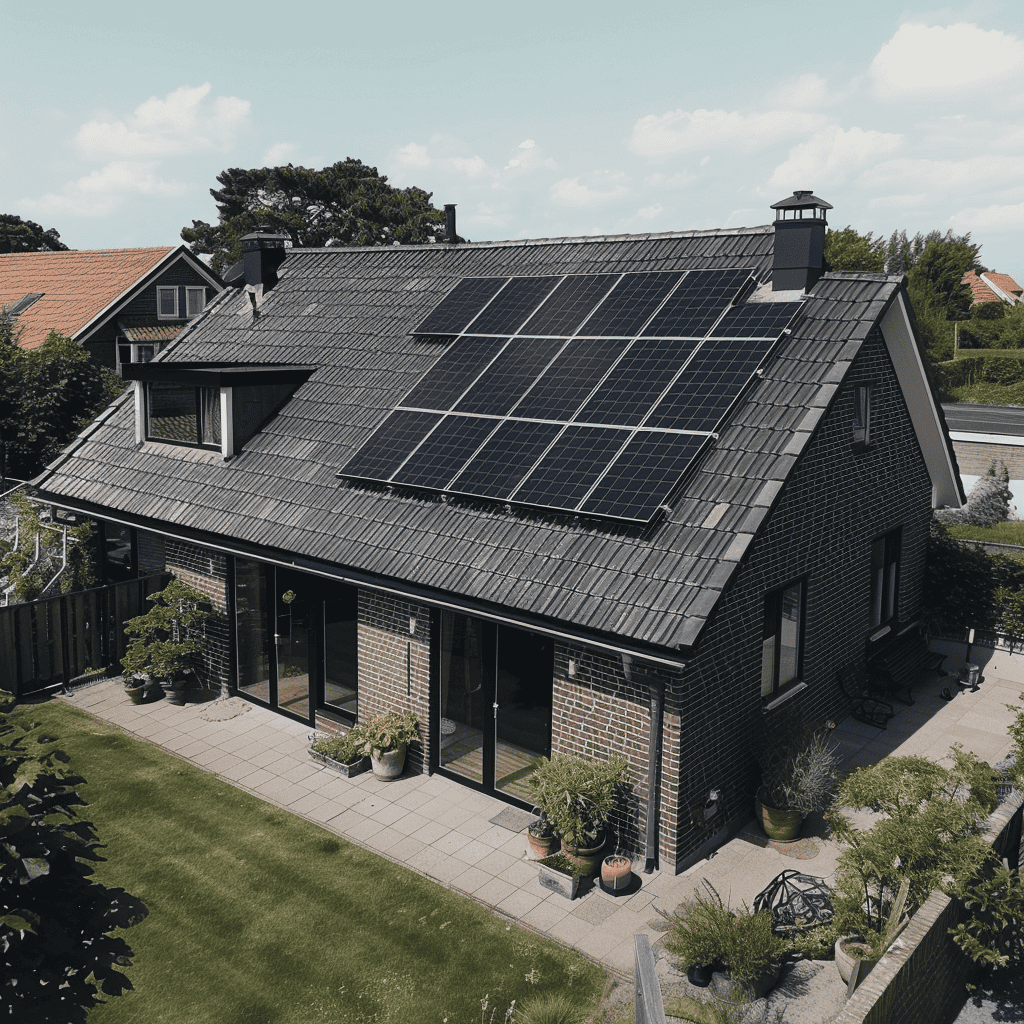
TNO, the Netherlands Organisation for applied scientific research, was founded by law in 1932 to enable business and government to apply knowledge. As an organisation regulated by public law, they are independent: not part of any government, university or company.
Until the year 2050, the internal combustion engine will remain necessary to enable energy transition. Neither the electricity grid, nor the supply chain, are prepared for a faster transition to electric mobility. This is what Daan de Cloe, director of TNO automotive in Helmond, states. According to the independent research institute, not only is it of great importance to invest research into electric mobility, but also invest into other energy sources, such as hydrogen and combustion engines.
“We will not succeed to electrifying everything in a short period of time. The industry has proven not to be ready for that yet,” says De Cloe. “To work on our climate objectives, we must continue to also develop the current track we’re on. And that is the one of the combustion engine.”
TNO, which is 25 percent government-funded and regarded as the country’s most authoritative research institute for the mobility sector, was one of the first companies at the Automotive Campus in Helmond in 2003. TNO researchers have been involved with many innovations within the automotive sector and will continue to lead the way in developing new forms of mobility in the coming years.
Flex Fuel
But that future is not just electric, says De Cloe. That is why TNO is investing in a new combustion engine that is more efficient and runs on different types of fuel: Flex Fuel. “This engine is suitable for several types of fuel, both fossil and synthetic, and is also over 50 percent more efficient, which results in several percent more energy from the same amount of fuel. This could bring enormous environmental benefits, if used in the transport sector.”

De Cloe knows that certain statements in today’s electro-loving climate are not ‘politically desirable’, however, also believes it is important to emphasise not too write off the internal combustion engine too quickly. “And not only because of the potential this 125-year-old technology still has, but also realistically taking into account the time it takes to complete the transition to hydrogen or electricity. That takes much longer than one would wish for.”
Do you believe in the here and now this discussion will have a chance?
“Well, diesel gate certainly doesn’t help. However, if you take a look at the quality of a diesel engine and drive it through the Ruhr area, cleaner air actually comes out of the exhaust than the air that goes in. So how gravely bad are diesel engines then?”
“So TNO is not a government institute, we don’t belong to a ministry. We are independent, founded by law and owned by the Dutch populace. We also publish reports that the Ministry may not be happy with at all. Our conclusion that the internal combustion engine most likely will play an important role in our mobility system until 2050 is in a public report and based upon facts. Whether politicians like it or not, this is – with the current available knowledge – the outcome.”
“That’s why we advice not to choose one technique at a time, but reconcile with the fact that these energy sources will coexist until 2050. An internal combustion engine is often associated with diesel, fossil, dirty. But what if you have an engine that can run on biogas or synthetic fuel? The sustainability factor of such an engine would be much higher than it is today. You need electricity from coal-fired power stations for electric driving. It will be cleaner if you use nuclear energy, however then you will have another waste problem.”
Identifying problems before the manufacturer sees them
After this extensive exposé, an impression of TNO could have been created that they are exclusively occupied with engines. Nothing could be further from the truth. At the Helmond Automotive Campus, TNO is involved in all developments in the field of automotive mobility. The research institute prides itself on “identifying problems even before the manufacturer sees them and works on solutions”.
De Cloe: “We anticipate what the industry will need. Our 200 researchers give lectures and attend conferences all over the world. The aim is to explore and determine what the industry is doing. This way, we can provide solutions that facilitate bringing new technology to the market faster, easier to apply and more efficiently to test.
Can you give an example?
“In the past, we worked with car manufacturers who had a car stability problem. That’s why we developed ESP: vehicle state estimation, a technique that ensures cars don’t run amok. Often, we work on behalf of customers, but sometimes customers do not even know that they are going to have a problem and that means that we are working on solutions for latent needs.
Self driving cars
At the moment we are working on solutions for self driving cars. We saw that there was a lot in development there years ago. While manufacturers focused on the question of how they got the car self-driving, we asked ourselves: how can you demonstrate that the car acts safely in any given situation? Automating a car and making it communicate to its environment has great potential for vehicle safety and traffic flow. However, you also have to be able to demonstrate that it can be robust, reliable and safe. It is far too expensive to physically test all possible traffic situations. That is why we are working on a technique that partly includes simulation, that can guarantee that these systems will be safe. It is necessary for it to be tested by an independent institute. If Daimler or BMW state that they have a good productive system, then that’s fine, but this can also come across as self promotion. Authorities will not just accept that. So you will need something that has been independently tested and based upon facts.
Why is it important for TNO to be on the Automotive Campus?
“We came here from Delft in 2003 and were one of the first automotive companies of the campus. The main reason is the attendance of the automotive industry in North Brabant. VDL, Tomtom and NXP are here, as are many suppliers and educational institutions. Because we decided to make certain investments at the time, we now have unique facilities for safety and sustainability, among other things. The entire global industry comes to Helmond to do research here.”
“TNO’s global appeal offers us the opportunity to bring Dutch business into contact with manufacturers and – in reverse – to link (PhD) students to international business projects. Also, to provide the Dutch business community with the correct knowledge gathered in such projects. Thereby, we fully comply with the assignment with which we were founded in 1932. The assignment was ‘To promote the prosperity and welfare of the Dutch people, taking into account the possibilities that technology offers for society and the interests of the Dutch business community’.”
“We always seek a balance between what we call social ambitions – nowadays called social challenges – and how we can respond to them with new technologies. How can we make improvements that are socially beneficial and at the same time help Dutch companies to strengthen their competitive position? In short, we are taking on things that stimulate innovation.”
From product innovation to system innovation
Traditionally speaking, innovation faces a number of obstacles, De Cloe explains. “It can’t be done and it shouldn’t be done. You need engineers developing a new product for the first obstacle and for the second you’ll need lawyers who make the product comply with existing legislation or who adapt this legislation. Subsequently, you have the ‘audience doesn’t want it’ obstacle where technical innovations can run aground. For example Video 2000 or the Philips CD-i. Beautiful inventions, but unfortunately, for which there was no market at the time.
“We come from an era of product innovation. How do we make the car better, safer and more economical? This is an important part of our task of course. Innovation in the automotive sector has more to it than just developing new products. We have stepped into a period in which system innovation is much more important. We have to keep in mind how to link the ICT domain to the mobility domain and the energy domain? And perhaps also to the infrastructure domain. These are large domains with wealthy players. They have to work together to accomplish system innovation. This system innovation is necessary to overcome the ‘it can’t be done and it shouldn’t be done’ obstacles. And finally, social innovation is necessary to overthrow the ‘audience doesn’t want it’ obstacle. The latter includes bringing about a change of mindset.”
“Yesterday I was at a dinner and someone said: and then I saw a traffic jam from Rotterdam to The Hague ánd from The Hague to Rotterdam. Wouldn’t it be more convenient if the people working in Rotterdam and live in The Hague would move and vice versa? Then we’d get rid of that problem…
What I’m trying to say is that at some point – if you want to solve things – you have to start thinking on a different, more social level. And that includes a society and industry with more give and take.”

